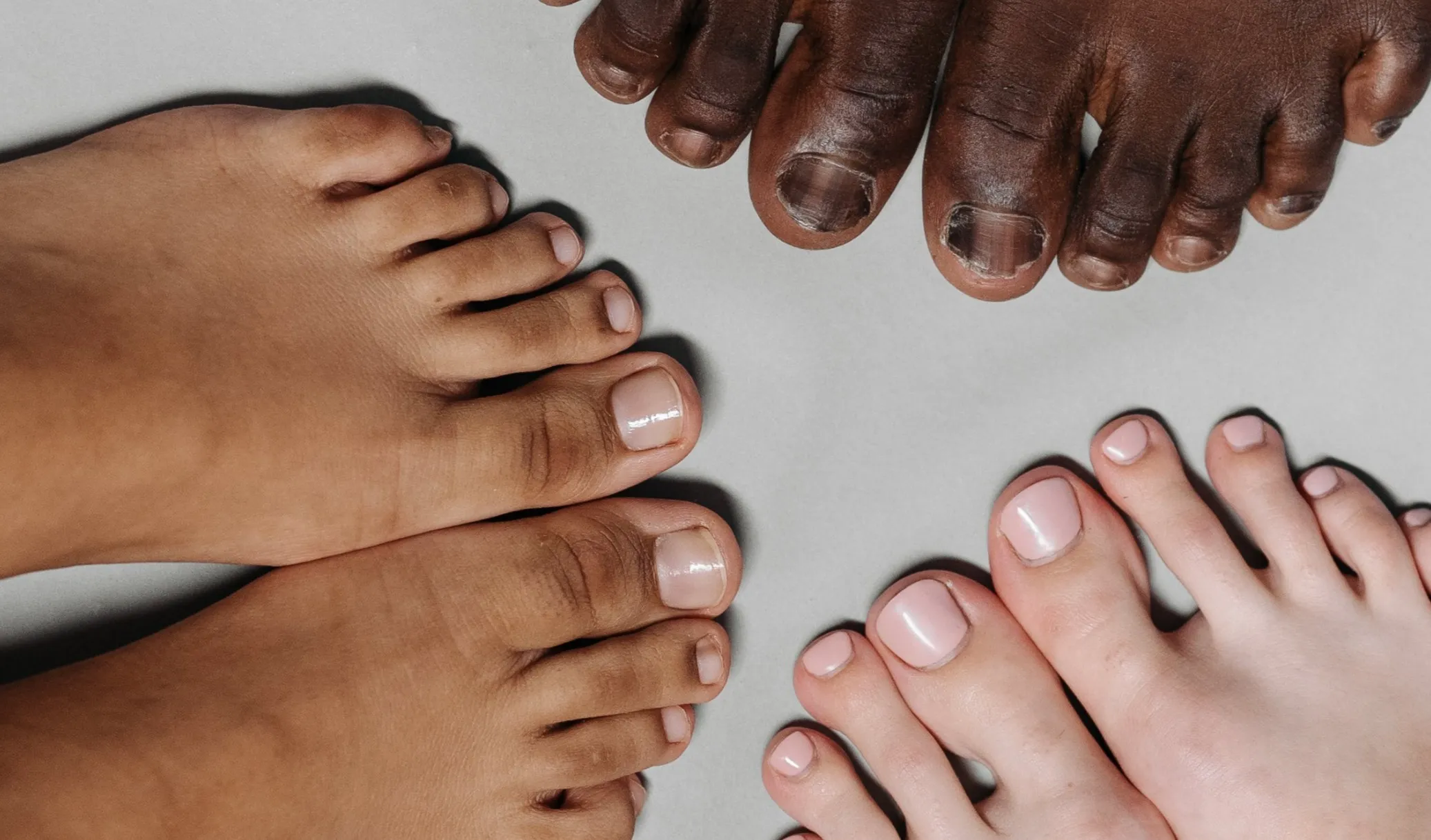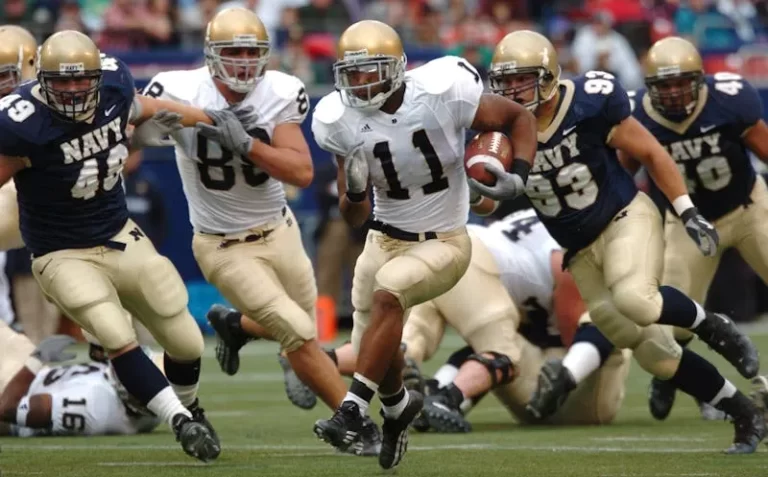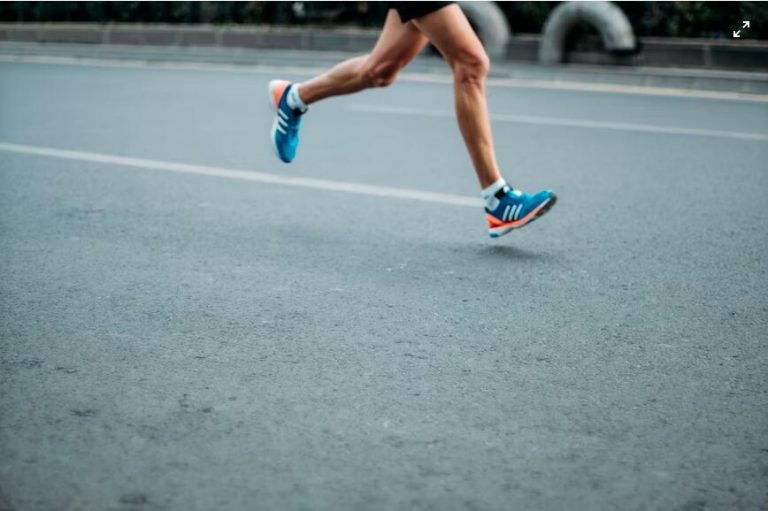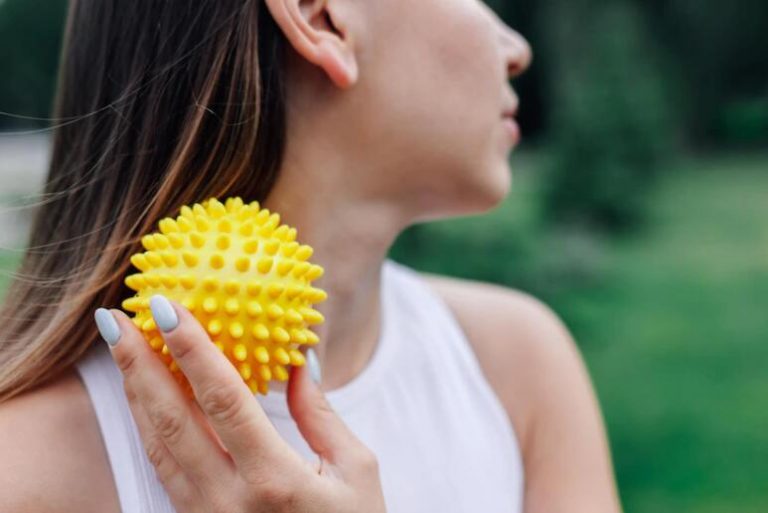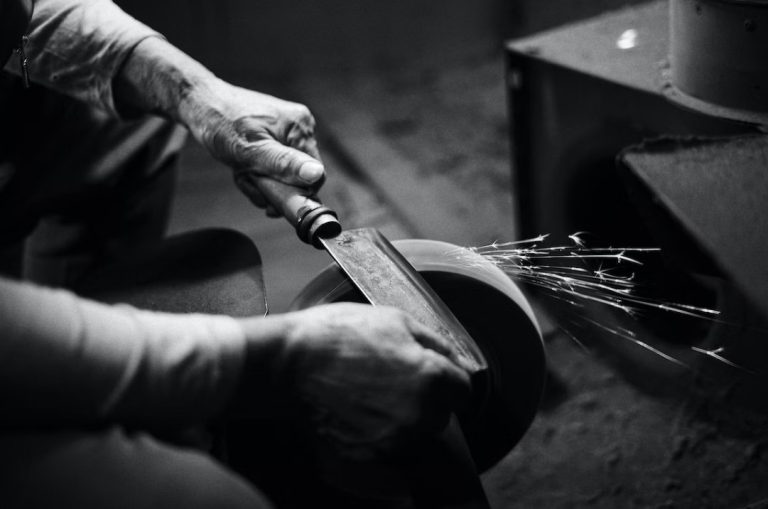Best Insoles for Bunion Relief – Top Picks to Soothe Your Feet
If you’ve been struggling with the discomfort of bunions, you know how challenging it can be to find footwear that provides relief. Bunions don’t just cause pain; they can interfere with your daily activities and significantly impact your quality of life. But there’s hope! One of the easiest and most effective ways to alleviate bunion distress is by selecting the right insoles. This is why we’ve put together an insightful guide to help you find the best insoles for bunions.
In this blog, we’ll dive into the top picks that are specifically designed to soothe your feet and provide the relief you deserve. We’ve scoured the market and consulted with podiatrists to bring you a curated list of the best insoles out there. We used the science of bunion relief and real-world recommendations. Whether you’re an athlete looking to stay active without pain, a professional who spends hours on their feet, or someone seeking daily comfort, these insoles could be the answer to your prayers. Let’s step into comfort and find the perfect bunion-relief solution together.
What are Bunions?
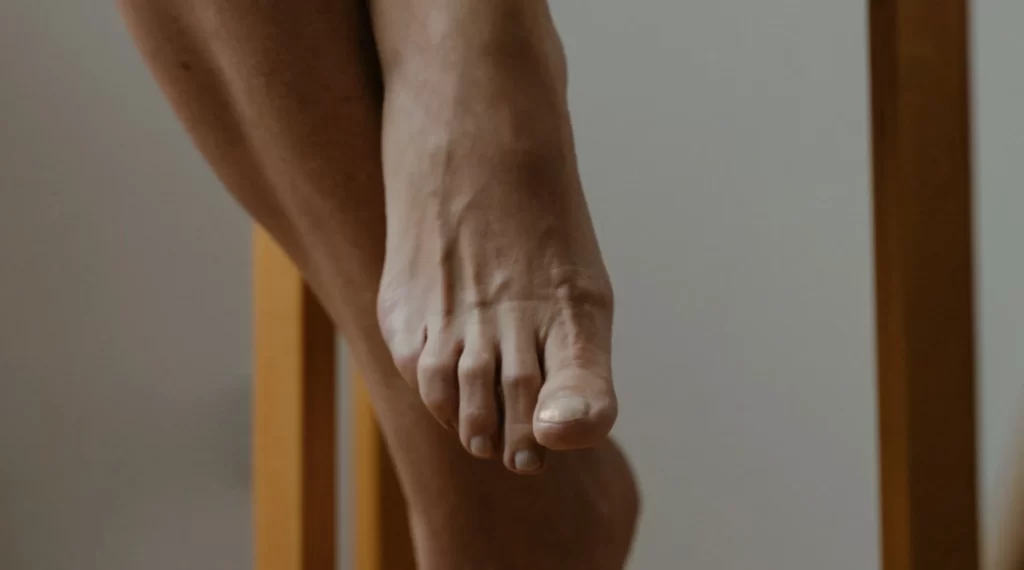
A bunion is a bony deformity of the joint at the base of the big toe. The medical term for a bunion is hallux valgus. Bunions form when the bone or tissue at the big toe joint moves out of place, causing the big toe to bend toward the other toes. This forces the joint to stick out, making the base of the toe appear to be larger.
Bunions tend to run in families. Wearing tight, narrow shoes with pointed toes or high heels forces your toes into an unnatural position and can aggravate bunions. Bunions may also be caused by arthritis, foot injuries, deformities you’re born with (congenital), or connective tissue disorders such as rheumatoid arthritis. In some cases, bunions are related to incorrect foot mechanics like flat feet or feet with too high arches.
The most common symptom of a bunion is a protruding bump on the inside of your foot around the big toe joint. Bunions can also cause redness, pain or soreness, inflammation, stiffness, burning, irritation and skin overgrowths like corns or calluses. Movement can become restricted and wearing shoes uncomfortable. As the big toe angles in toward the second toe, it can push the second toe out of joint as well, causing a cross over toe deformity.
Bunions are diagnosed based on examination of the foot. X-rays can confirm the extent of the deformity and joint changes. In some cases, CT scans or MRI’s are used to fully evaluate the bunion and any other issues.
Nonsurgical treatments like wearing proper shoes, bunion pads, splints, doing bunion exercises, icing, over-the-counter anti-inflammatory medication, and steroid injections can help manage pain. However, the only way to correct the misalignment causing the bunion is through surgery. This usually involves re-aligning bone and soft tissue, removing the bony enlargement, and realigning the joint. Recovering from bunion surgery takes a few months.
Do Insoles Help with Bunions?
Insoles can provide significant relief from the pain and pressure caused by bunions. By cushioning and supporting the ball of the foot, insoles redistribute pressure away from the bunion bump. This reduces irritation and inflammation, allowing the bunion area to heal.
Some key benefits of using insoles for bunions include:
– Reduced pressure and friction on the bunion bump
– Pain relief from cushioning the ball of the foot
– Stabilizing the big toe to prevent further misalignment
– Slowing the progression of the bunion by correcting biomechanics
– Accommodating foot deformities and promoting proper gait
– Absorbing shock that can aggravate joint pain
However, insoles alone cannot fully correct existing bunions or the underlying bunion-causing foot issues. For moderate to severe bunions, insoles should be used along with other treatments prescribed by a podiatrist. This may include bunion splints, pads, orthotics, physical therapy, medication, or even surgery.
Ultimately, insoles are an excellent conservative treatment option for bunions, especially in the early stages. When combined with lifestyle changes and professional treatment, insoles can significantly improve comfort and delay the need for invasive bunion surgery.
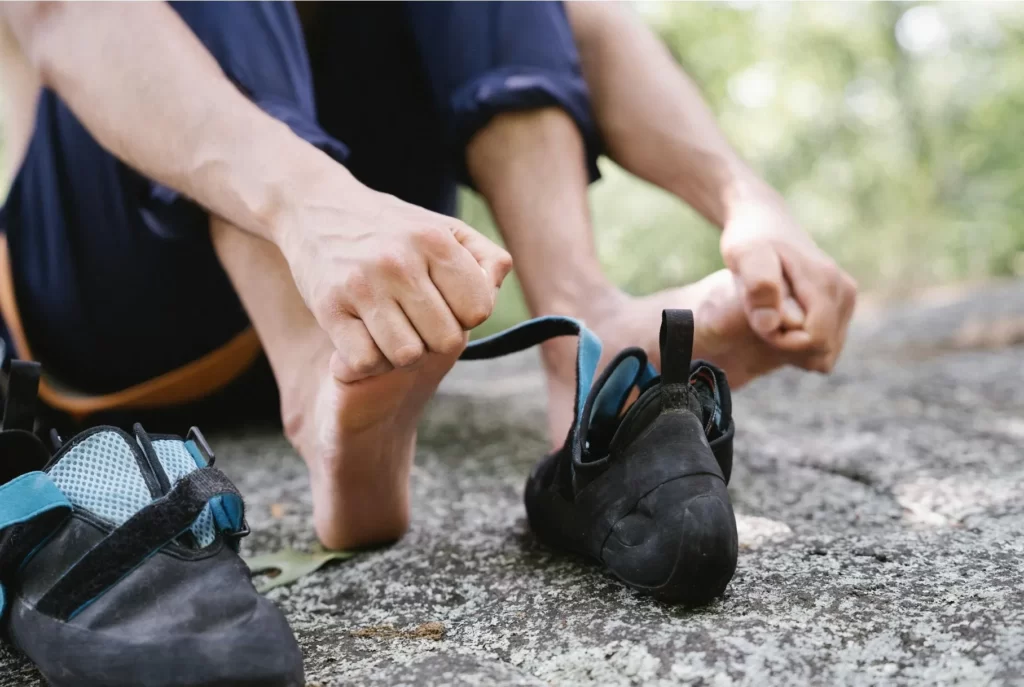
Choosing the Right Insoles
When selecting insoles for bunions, it’s important to consider your specific needs and choose options with features that will provide the right amount of cushioning, support, and space for the bunion. There are a few key factors to evaluate:
Cushioning vs. Arch Support vs. Spacers
– Cushioning helps pads the bunion and reduces pressure and friction. Gel, foam, and cork materials provide cushioning.
– Arch support helps improve foot alignment and prevent the foot from rolling inward, reducing bunion aggravation. Contoured arch support is key.
– Spacers and bump pads create space between the big toe and second toe to relieve pressure on the bunion. Look for spacers that lift and separate.
Custom vs. Pre-Made Insoles
– Custom insoles are molded specifically for your feet and made from impressions. They offer the best fit and targeted support.
– Pre-made insoles come in universal sizes and provide general cushioning and support. They are more affordable but may not fit as well.
Features to Look For
– Deep heel cup helps support the foot and prevent inward rolling.
– Metatarsal pad relieves pressure on the ball of the foot.
– Toe ridge separates the big toe and prevents crowding.
– Breathable materials like leather allow airflow and prevent moisture buildup.
– Removable top cover allows customization of cushioning.
The right insoles can provide much-needed relief for bunions. Focus on cushioning, toe spacers, arch support, and custom fit when selecting the best option for your needs.
Best Cushioned Insoles
If you’re looking for the best cushioned insoles for bunion pain relief, here are some top recommendations:
ComfortMax: Long-Lasting Pain Relief Insoles
The ComfortMax is one of the best cushioned insoles for bunions. It features dual-layer cushioning with extra padding at the ball of the foot and heel, providing excellent shock absorption. The semi-rigid arch support also helps stabilize the foot.

Pros:
– Maximum cushioning & comfort
– Dual-layer foam padding
– Helps relieve forefoot pain
– Firm arch support
Cons:
– Runs a bit pricey
– May not fit in all shoe types
Superfeet Green Insoles
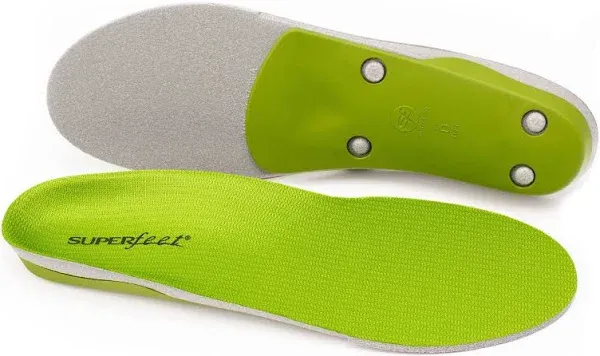
With a medium-density foam base layer and patented heel cup, the Superfeet Green provides exceptional shock absorption. The deep heel cradle stabilizes the foot to minimize stress on the joints.
Pros:
– Great for high arches
– Deep heel cup for stability
– Foam padding for cushioning
– Helps align feet properly
Cons:
– Can be stiff at first until broken in
– Not ideal for low arches
New Balance Insoles
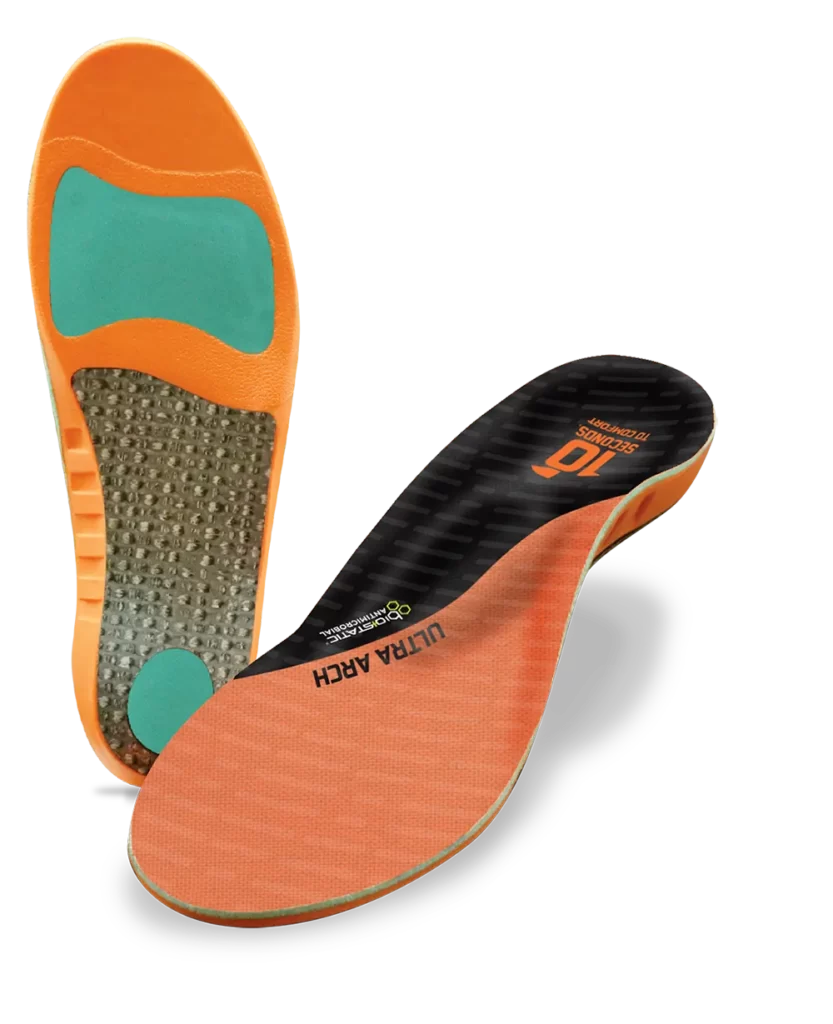
New Balance insoles feature a PU foam footbed for maximum cushioning and Ortholite foam that wicks away moisture to keep feet dry. The extra plush foam helps prevent and relieve foot pain.
Pros:
– Ultra soft memory foam top layer
– Moisture-wicking technology
– Low profile fit in shoes
– Designed for comfort & shock absorption
Cons:
– Durability not as robust as some brands
– Minimal arch support
For shock absorption and padding to relieve bunion discomfort, cushioned insoles like these are an excellent option. Prices range from around $40 on the low end to $60+ for premium insoles, but most quality cushioned insoles fall in the $40-50 range.
Best Supportive Insoles
Supportive insoles are designed to provide arch support and help align the feet properly, relieving pressure on bunions. Here are some top recommendations:
Romingfeet Orthotic Insoles
The Romingfeet orthotic insoles offer maximum arch support and stabilization. They help align the foot and have a deep heel cup for stability.

Pros
– Deep heel cup provides stability
– Maximum arch support
– Helps align feet
– Thin design fits in most shoes
Cons
– Can feel too rigid for some
– May take time to break in
Price: Around $40
Powerstep Pinnacle Insoles
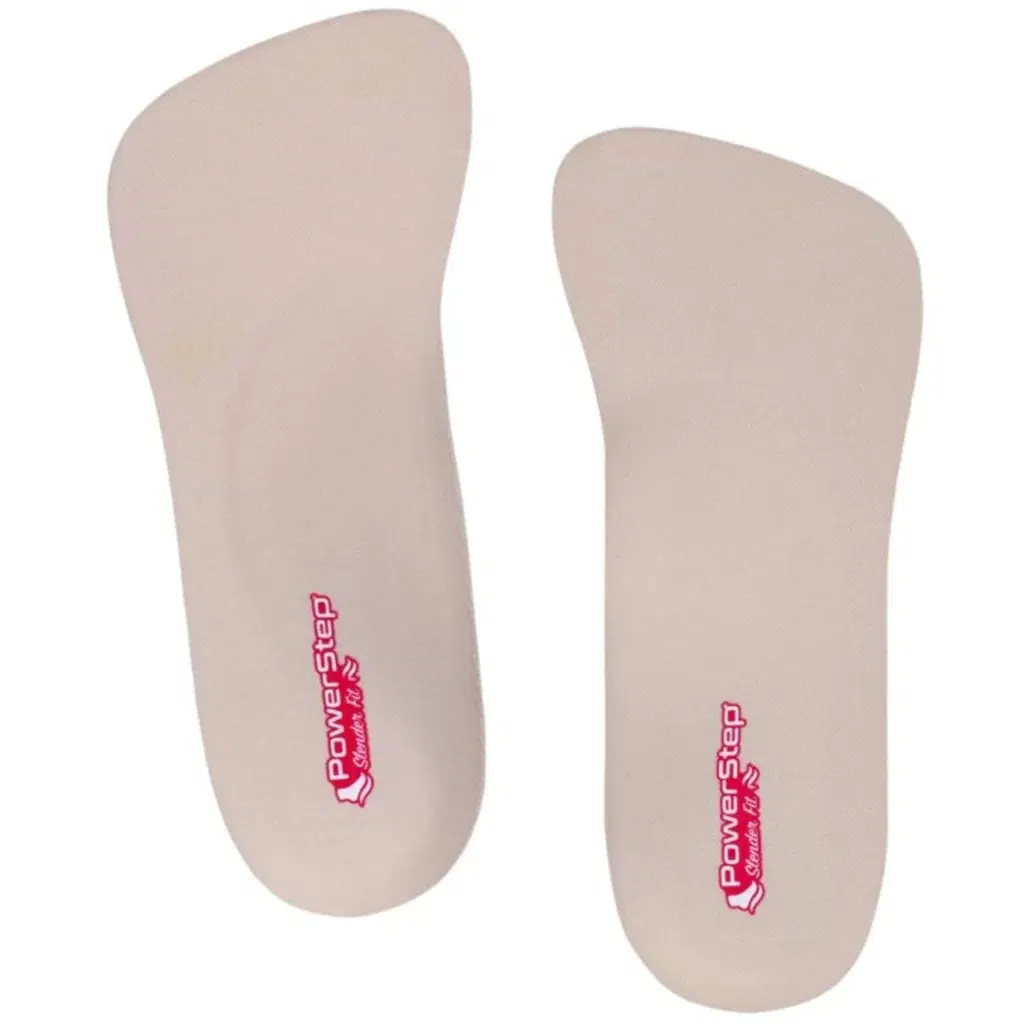
The Powerstep Pinnacle features a contoured shape for arch support and pronation control. It has a double layer cushioning and anti-microbial top cover.
Pros
– Excellent arch support
– Pronation control
– Cushioned and shock absorbing
– Antimicrobial
Cons
– Can feel too hard for some
– May move around in loose shoes
Price: Around $35
Valsole Plantar Fasciitis Insoles
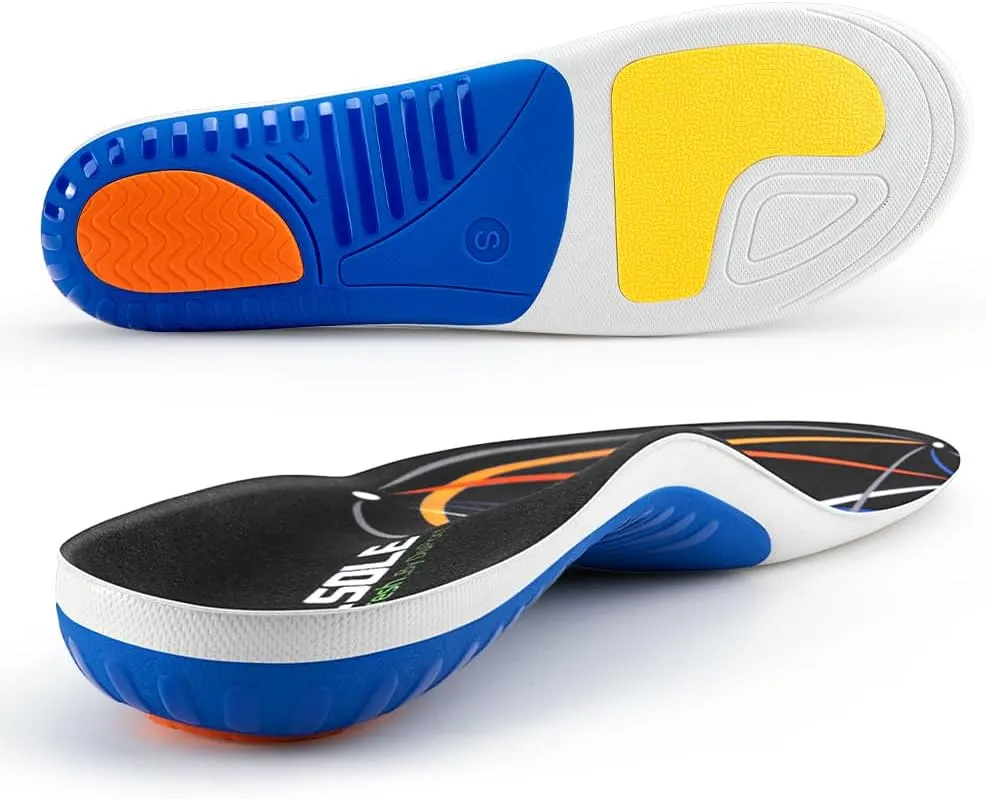
Valsole Plantar Fasciitis insoles provide firm structural support and help prevent overpronation. They are made of polyurethane with a plush top layer.
Pros
– Firm arch and metatarsal support
– Helps prevent overpronation
– Cushioned polyurethane
Cons
– Sizing can run small
– Not enough cushioning for some
Price: Around $30
The right supportive insole can help realign the feet, reducing pressure on bunions. Look for stability, arch support, and pronation control when choosing an insert. It may take some trial and error to find the right amount of cushioning and support for your needs. Expect to spend $30-40 for high quality, durable insoles.
Best Bunion Spacers
Bunion spacers help separate the big toe from the second toe to relieve pressure and realign the joint. Here are top recommendations:
YogaToes GEMS

Pros: Made of medical-grade gel. Stretches and strengthens feet. Separates toes gently. Washable and reusable.
Cons: Takes time to get used to. Not discreet for wearing with shoes. Expensive.
Price: $30
Dr. Frederick’s Original Gel Toe Separators

Pros: Soft gel material. Comfortable to wear all day. Good for men and women. Fits in shoes.
Cons: May take time to see results. Not personalized.
Price: $12 for 2 pairs
Correct Toes

Pros: Aligns toes and joints. Made in the USA. Customizable sizing. Can be worn in shoes.
Cons: Expensive. Rigid, so not as comfortable. Takes time to get used to.
Price: $60
Bunion Bootie
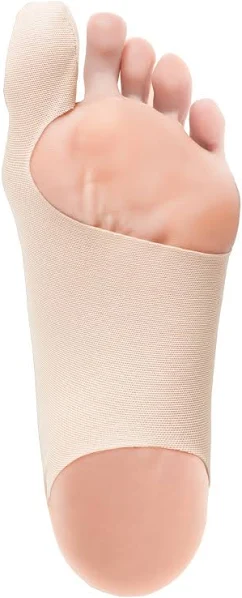
Pros: Lightweight fabric. Worn overnight for gentle realignment. Affordable price.
Cons: Not effective for severe bunions. Takes months to see improvement.
Price: $20
Bunion spacers provide a non-invasive way to help realign toes and relieve bunion pain. Trying a few options to find the most comfortable fit can make a difference. Allow time for your feet to adjust to separators or splints gradually. Prices range from budget-friendly to premium options under $60.
Custom vs. Pre-Made Insoles
For those suffering from bunions, custom-made insoles offer the advantage of being molded precisely to the shape of your foot. This custom fit can provide maximum cushioning and support in the precise areas you need it most. Custom insoles are especially recommended for those with severe or rigid bunions that need accommodation.
The downside of custom insoles is the higher cost. Expect to pay anywhere from $300 to over $500 for a custom pair formed from a cast of your feet. However, custom insoles also tend to last longer, up to 5 years or more with proper care.
Pre-made insoles provide a more budget-friendly option, usually between $20-60. While not customized, some styles allow you to heat mold the insole lightly in your oven to adapt it to your feet. Pre-made insoles can work well for mild to moderate bunions that don’t require as precise of a fit. Just be sure to choose an option with ample padding in the ball of the foot area.
When debating between custom vs pre-made, consider your bunion severity, budget, and needs. Custom is ideal for rigid, severe bunions where precision is key. For milder bunions, a high-quality pre-made insole may suffice at a fraction of the price. Either option should provide cushioning and help take pressure off the bunion area.
Lifestyle Tips for Managing Bunions
A bunion may seem like a permanent nuisance, but there are lifestyle changes you can make to prevent bunions from worsening over time. Here are some tips for managing bunions day-to-day:
Wear Proper Footwear
Choose shoes with a wide toe box and avoid styles that cramp the toes, like high heels and narrow dress shoes. Look for shoes with laces or straps that allow you to loosen pressure on the bunion. When shopping, bring your custom orthotics to ensure a proper fit.
Use Bunion Padding
Gel pads and moleskin can cushion irritating friction from footwear. Apply padding directly over the bunion to protect the enlarged joint. Change pads frequently to keep them clean. Some find pads with a hole over the bunion relieves pressure.
Modify Exercises
Avoid high-impact activities like running, which apply excess pressure to the feet. Opt for low-impact exercises like swimming, cycling or rowing. If running, invest in proper running shoes and orthotics. Limit repetitive foot motions like squats or lunges.
See a Doctor
See your doctor promptly if you experience severe bunion pain that impairs walking or daily activities. Also consult a podiatrist if conservative treatments like orthotics, padding and icing do not relieve discomfort. Surgical options like bunionectomy may be necessary in severe, debilitating cases.
Frequently Asked Questions
Do insoles really help with bunions?
Insoles can provide significant relief for bunions when used properly. They redistribute pressure away from the bunion and provide cushioning to minimize friction and irritation. Custom-fitted orthotics are often the most effective, but well-designed prefabricated insoles can also help manage bunion discomfort.
Is it safe to wear insoles if I have bunions?
For the most part, yes. As long as the insole is not putting extra pressure on or rubbing against the bunion, it should not cause any harm. Look for insoles designed specifically for bunion relief that have a cutout or spacer at the bunion area. Make sure to keep the bunion area clean and dry when wearing insoles to prevent skin irritation. Discontinue use if there is any increase in pain.
Do I need an orthotic or can I just use a cushioned insole from the drugstore?
Cushioned drugstore insoles can provide some relief, but for optimal bunion management, custom orthotics or over-the-counter orthotics made for bunions are recommended. These are designed to redistribute pressure away from the bunion and provide better arch support. If drugstore insoles relieve some discomfort, they are fine to use, but for moderate to severe bunions prescription orthotics are usually the most effective option.
Will insoles straighten my bunion or make it go away completely?
Insoles are not able to physically change the bone structure or completely get rid of a bunion. Bunions form over years of pressure and only surgery can fully correct them. However, good insoles can help improve bunion alignment and slow their progression. The best way to think of insoles is as a treatment to manage bunion pain and irritation, not necessarily straighten or cure the bunion itself.
Can I still wear high heels if I have bunions?
It is generally not recommended to wear high heels if you have bunions, as they put increased pressure on the joint. That said, there are certain insoles and spacers made to allow those with bunions to still wear heels comfortably. Look for products specifically designed for heel-wearers with bunions – these often have forefoot cushioning and redistribute pressure away from the bunion area. Wearing wider-toed heels can also help. It’s best to limit time spent in heels and give your feet a break in more supportive shoes whenever possible.
The Bottom Line
When it comes to choosing the best insoles for bunions, there are a few key takeaways:
– See a podiatrist for an accurate diagnosis and treatment plan. While supportive insoles can provide relief, it’s important to understand the root cause of your bunion and determine the right solutions. A podiatrist can assess your foot structure, recommend custom orthotics if needed, and discuss options like bunion surgery. Don’t try to self-diagnose or rely solely on over-the-counter insoles.
– Opt for cushioned insoles to relieve bunion pain. Brands like Superfeet and Roamingfeet make excellent cushioned insoles that pad and protect the bunion area. Memory foam or gel inserts add extra softening. Look for low-profile insoles that fit into shoes comfortably.
– Try bunion splints and spacers to realign your big toe. Spacers like Bunion Bootie gently push the big toe back into proper position overnight while you sleep. This can gradually reduce the protruding bunion bump. Splints also provide alignment and cushioning during the day.
– Consider custom-molded orthotics for optimal support. While pre-made insoles work for many, custom orthotics formed from a mold of your feet provide the best fit and targeted support. A podiatrist can prescribe custom orthotics to stabilize and offload pressure on bunions. They’re more expensive but long-lasting.
The right insoles can make a big difference in bunion pain and discomfort. But remember to see a foot specialist for appropriate treatment, and be wary of over-promising claims from some products. With the information provided here and professional medical advice, you can find the best insole solutions to help you stay active in comfort.

